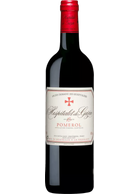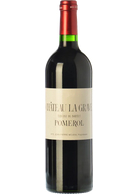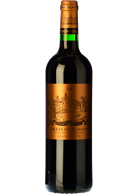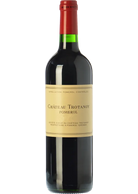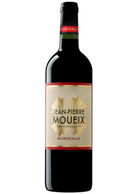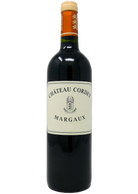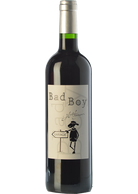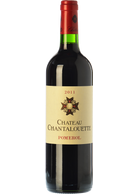Wine from Bordeaux
Wine is a way of life for people in Bordeaux in the south-west of France, representing as it does the authentic cultural essence of this region.
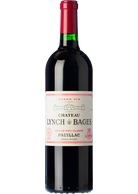
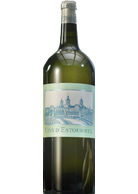
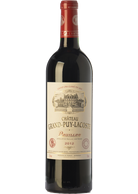
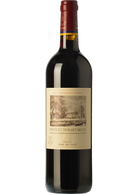
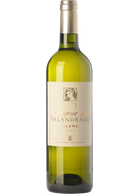

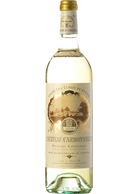
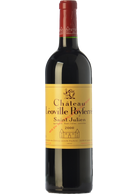
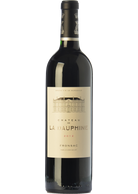
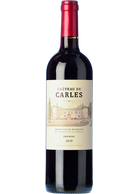
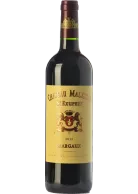


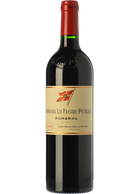
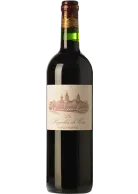
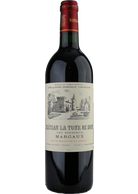
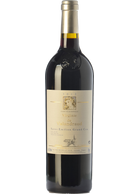
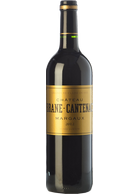

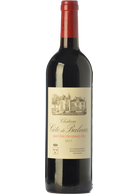
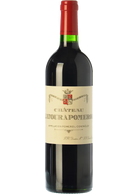
Bordeaux
Wine is a way of life for people in Bordeaux in the south-west of France, representing as it does the authentic cultural essence of this region.
It is believed that the Romans were the first to cultivate vines in these same soils that now produce some of the most expensive wines in the world, although local wines did not start to travel and become well-knon until the 12th century when Bordeaux came under English rule.
Nowadays the many and varied appellations (AOCs) in Bordeaux cover 115,000 hectares and produce 800 million bottles of wine per year, including more AOC-labelled wine than any other region of France. The large châteaux, often run by foreign companies, produce most of the world's great wines. Together with local agricultural cooperatives, the châteaux (individual estates devoted exclusively to winemaking, but not necessarily with the castle or mansion that the word châteaux conjures up) form the wine-making backbone of this dignified and elegant, but also rural, wine region.
The Garonne and Dordogne rivers flow north-westwards to join the Gironde estuary, before making their way to the Atlantic. Their river valleys divide the region: the area between the two rivers is known as Entre-deux-mers (between two seas) and is home to fresh and light white wines. The area of Graves is found on the left bank of the Garonne, and produces splendid dry whites and firm reds, also known as clarets. Growing grapes for wine for 2,000 years, it shares the same gravel soil as the Médoc region. Château Haut Brion, Domaine de Chevalier, and Château Pape-Clement are some of its most illustrious names. In the same area, the neighbours Sauternes and Barsac create traditional sweet wines born in the waterside mist as if by magic. Sauvignon Blanc and Sémillon are the two star varieties in both cases.
Following the river, north of the city of Bordeaux we find the Médoc region, the most prestigious area regarding Bordeaux reds and the heartland of the Cabernet Sauvignon. The most acclaimed AOC such as Pauillac, Margaux, and Saint-Estèphe are located here. Many wine-lovers dream about the dark colour, good body and intense flavours of wines created here by producers like Latour and Mouton-Rothschild. Moving eastwards, the right-hand side of the Dordogne is home to the Merlot grape. St. Émilion, with wines as famous as the Château Angélus, shares this side of the river with Pomerol and its idolized Château Petrus, or other less known appellations like Côtes de Bourg and Canon-Fronsac which offer wonderful red wines at more affordable prices. In general, wines from what is known as the Right Bank of Bordeaux are fruitier, more rounded and pleasant, and less stringent than those of their neighbours in Médoc.
The name itself, Bordeaux, is used to label generic wines made with grapes from any part of the region which means there are denominations for these wines such as the AOC Bordeaux, AOC Cremant de Bordeaux (sparkling wines) or the AOC Bordeaux Rosé. The AOC Bordeaux Supérieur label is used for wines with a higher alcohol content.
The climate also plays an important role in creating Bordeaux wines. Its strong Atlantic character means there is a risk of hail, frosts, or rain when it is least needed which leads to the possibility of significant differences in wines from one year to the next, regarding their quality and prices. The best vintages can be kept for decades but in general the wineries tend to produce wines which are ready to be enjoyed at an earlier age.
The Grands Crus are the best wine-making estates, those vineyards which produce the most praised wines year after year. Their history and quality justify their high prices. This classification system began in 1855 coinciding with the Universal Exhibition of Paris, when Napoleon III requested that the Médoc wines and the sweet Sauternes and Barsac white wines be classified according to their reputation and prices over the previous century. Local wine merchants had already been using terms like premier cru (first growth) and deuxième cru for decades to describe different wines. The châteaux in Médoc were listed in order from the first to the fifth growth (premier to cinquième cru) and this historic ranking has only been modified once since then when, in 1973, Cháteau Mouton-Rothschild moved up from the classification of Deuxième to Premier Cru. The only red wine from outside Médoc included is the Château Haut-Brion from Graves. In the classification of sweet wines, Château d'Yquem was the only Sauternes winery to be awarded the top category of Premier Cru Supérieur. Many elements of wine production have changed since then with estates changing hands or being split up, but these classifications have not seen any further changes which just goes to show that the original ratings were quite accurate. However, there are excellent wine producers such as Château Lynch-Bages, Château Palmer and Château Grand-Puy-Lacoste who many specialists believe deserve to be in a higher position in the classification if it were to be updated.
Other estates from Bordeaux are listed in more recent classifications like the Cru Bourgeois one drawn up in 2003 which includes splendid Médoc wines not included in the 1855 Grand Cru listing, or the Grave classification, prepared in 1953, or the official classification of Saint-Émilion (1955) which is updated every ten years and has only two categories: Premier Grand Cru Classé and Grand Cru Classé. Among the eighteen châteaux considered to be Premier Grand Cru Classé in 2012, Château Ausone, Château Cheval Blanc, Château Angélus and Château Pavie are judged to be of a superior quality to the others and the letter A is added to their label (classé A).
Red wines with firm or velvety tannins, magical sweet wines, white wines brimming with character and ready to age with elegance... to sum up, Bordeaux brings together some of the most personal and sought-after wines in the world.

